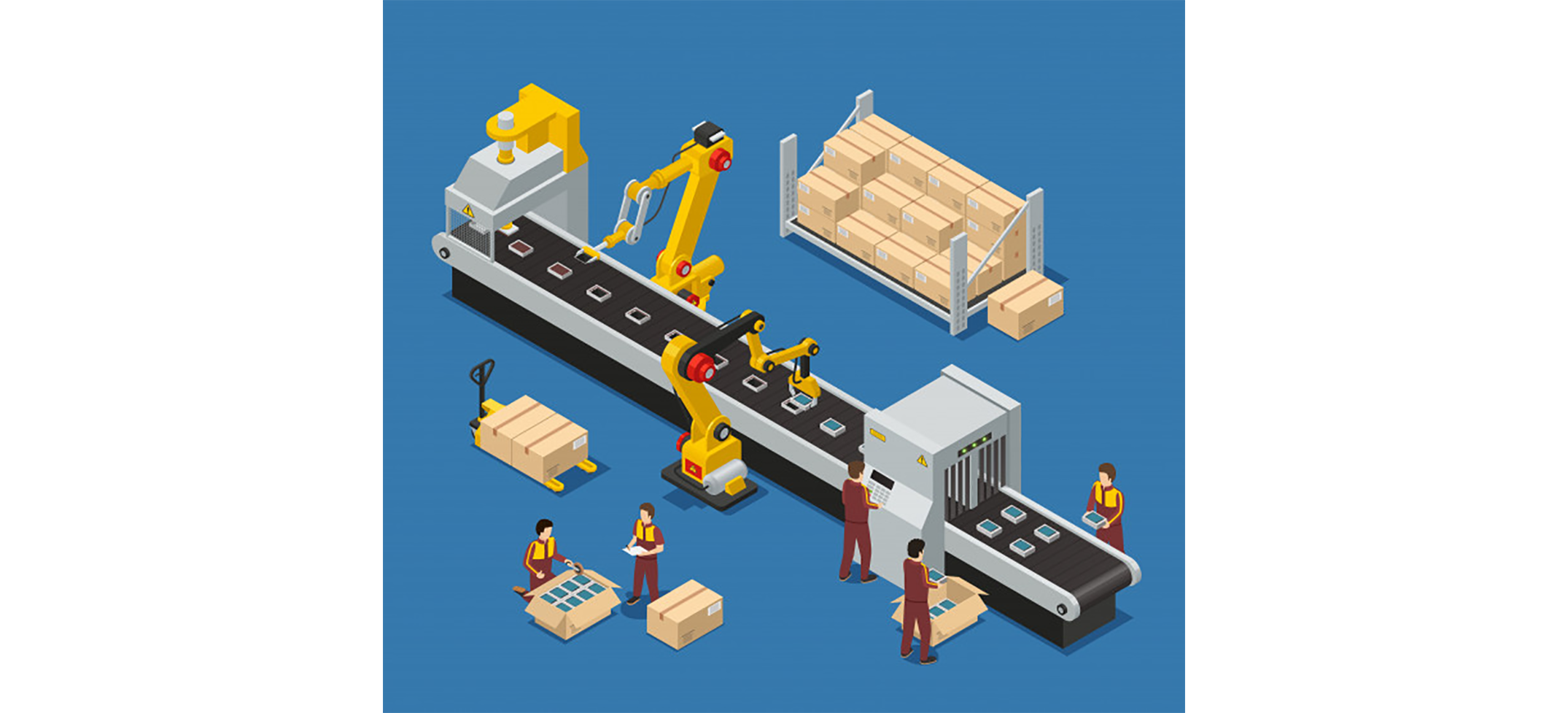
What Should Businesses And Employees Do To Prepare For The Incoming Skill Shift?
6 yearsago 0 Comments 1.8k Views
The transformation of skills has appeared with the introduction of new technologies at the workplace since the Industrial Revolution took place, but the application of automation and artificial intelligence (AI) will mark the accelerated compared to the changes of the recent past. The need for some skills, such as technology skills, social skills, and emotional skills, will increase rapidly, but manual skills or only physical requirements skills will decrease, although there are still many needs now. These changes will require employees everywhere to further improve their existing skills and discover new skills. Companies will also need to rethink how to organize work in their organizations.
Shifting in demand for different skill groups
Automation and artificial intelligence (AI) are changing the nature of work. In McKinsey’s study of skill shift, McKinsey has presented new findings of the changing demand for skills of the workforce as well as how to organize work in companies, especially, when the relationship of the workforce and the machines become more complicated and important now than ever.

Automation will accelerate the change in essential workforce skills that we have seen in the past 15 years. McKinsey’s research shows that the strongest growth in demand will be about technological skills, skills that are currently the smallest proportion will increase 55% and by 2030 will account for 17% of working hours, up from 11% in 2016. This increase will affect the need for basic digital skills as well as more advanced technical skills such as programming. In addition, the demand for social and emotional skills such as leadership and people management will increase by 24% and account for about 22% of the working hours. The demand for higher cognitive skills will grow moderately but will increase sharply for some special skills such as creativity.
Besides the rapid increase in demand for the above skills. Some other skills will be less in demand. Basic cognitive skills, including basic data entry and processing, will decrease by 15%, leaving only 14% of the working hours from 18% today. The demand for physical and manual skills, including basic machine operation, will also be reduced by 14% but will remain the largest skill category by 2030 in many countries, accounting for 25% of the total work time. An important note, the change in skills will take place differently between industries. For example, Healthcare is the industry we will see the increasing demand for physical skills, even when the demand for this skill decreases in production and other fields.

What do businesses and employees prepare for this change?
Companies will need to make significant changes in the organization by addressing these skills changes to maintain competitiveness for businesses. A survey of more than 3,000 business leaders in seven countries emphasized the importance of continuous learning skills and the ability to switch to working cross-functional and team-based. When tasks change, jobs will need to be redefined and businesses think they will need to be more agile to adapt. Business leaders and human resources will also need to adapt: nearly 20% of companies say their executive team lacks sufficient knowledge to lead the application of automation and artificial intelligence. Almost one of the three companies is concerned that the lack of necessary skills for applying automation will harm their future financial performance. In order to exploit new technologies to their fullest advantage, companies will need to restructure the company and re-examine work approaches. That change will require newly redesigned and focused business processes on the people they have and the people they need.

Competition for highly skilled workers will increase, while the shift will focus primarily on low-skilled workers, further aggravating income inequality and reducing common jobs. Companies say that highly skilled workers are most likely to be recruited and trained, and have better salaries. Nearly half of companies say they hope to lead the way in building the future workforce, but all stakeholders will need to cooperate with large-scale retraining in order to successfully transform in the future. Companies will have different methods to build the future workforce:
- Retraining: Retraining involves improving the skills of current employees by teaching them new skills or improving the quality of available skills and recruiting new level employees with the goal of training them with new skills needed. These actions ensure that knowledge, experience, and understanding of company culture is preserved when employees acquire the skills they need.
- Redeployment: Companies can relocate their employees with specific skills to better utilize their available capabilities. Businesses can do this by examining and restructuring positions, and performing the transition of talents in other departments to more appropriate tasks.
- New recruitment: Having individuals or teams with the necessary skill set is another option, although the market supply for these talents has become scarce. In order to succeed in recruiting key talent, companies need to build a healthy, sustainable corporate culture, offer attractive benefits as well as consider recruitment from modern sources such as companies. Digital tools can significantly improve the ability to find sources, evaluate, and recruit new talent.
- Contracting: Companies can operate with skills from outside the organization; for example, they may use contractors and temporary workers from services provided. Businesses are most likely to use contracting to fill mainly noncore or low-skill roles rather than using it to find high-skill talent.
——————–
How do you think about this article? Please share it with us via the comment section below.
According to McKinsey
PRIMUS – TOP MANAGEMENT JOBS ONLY





